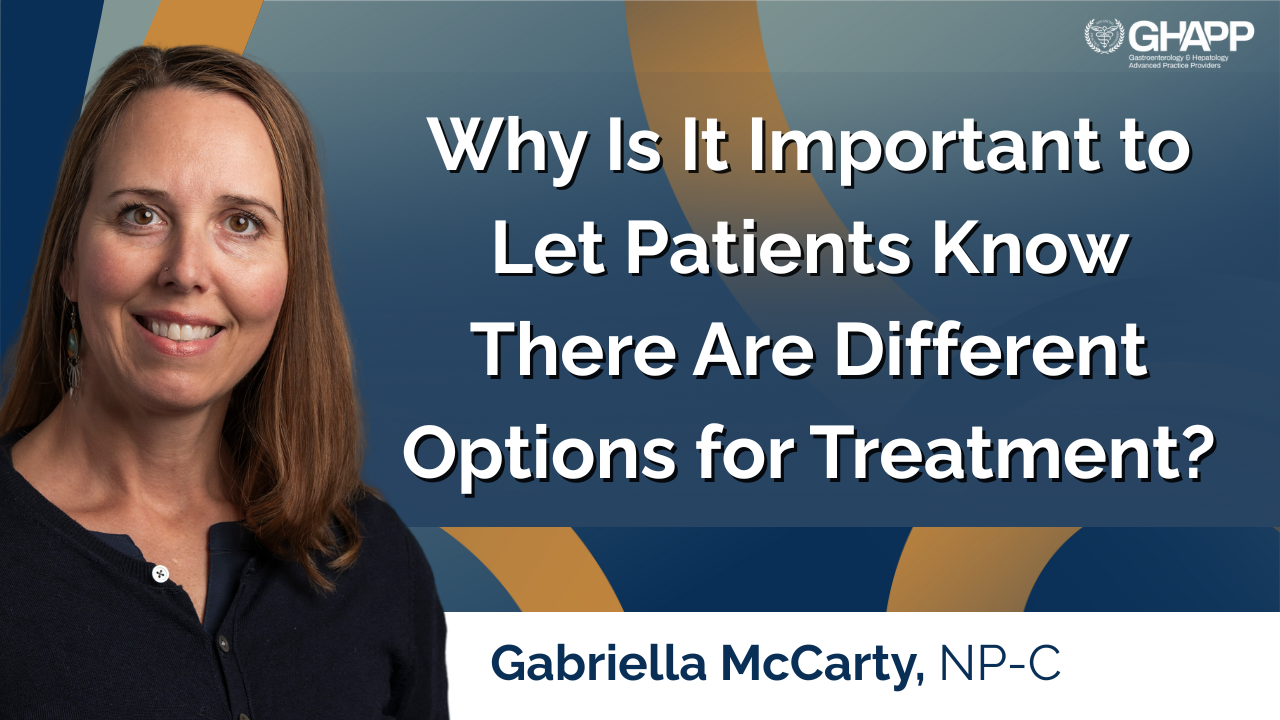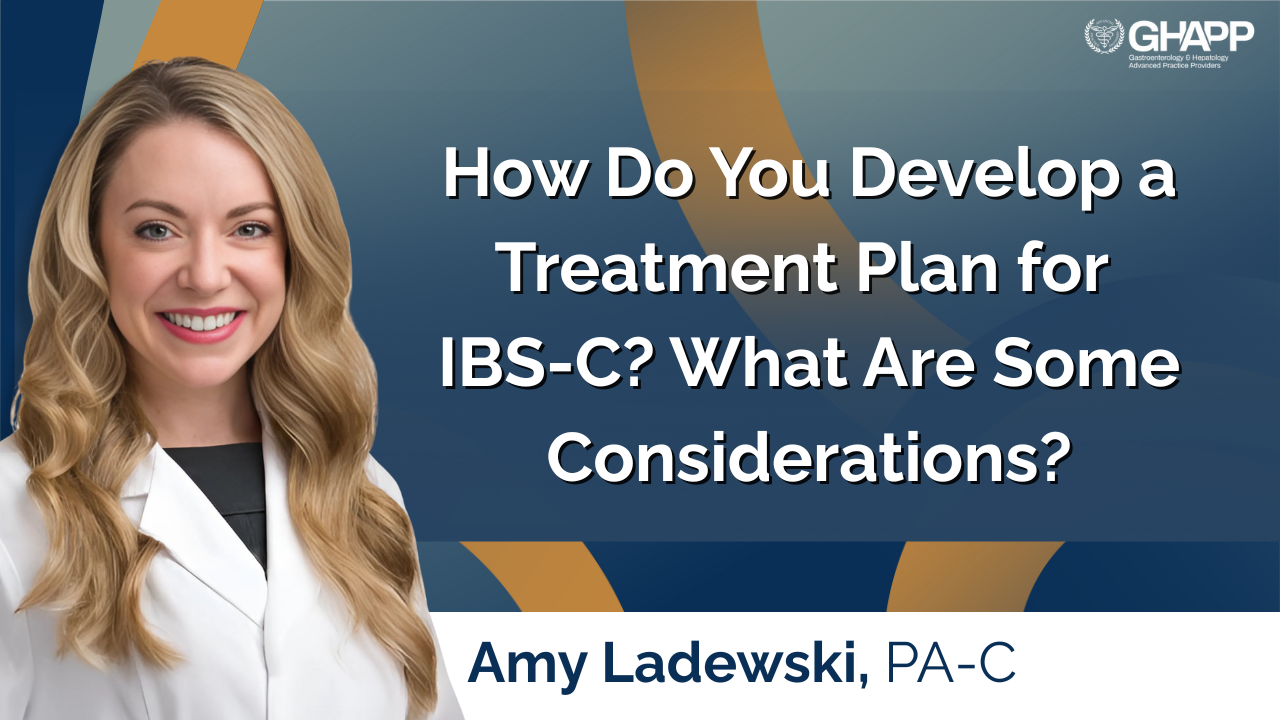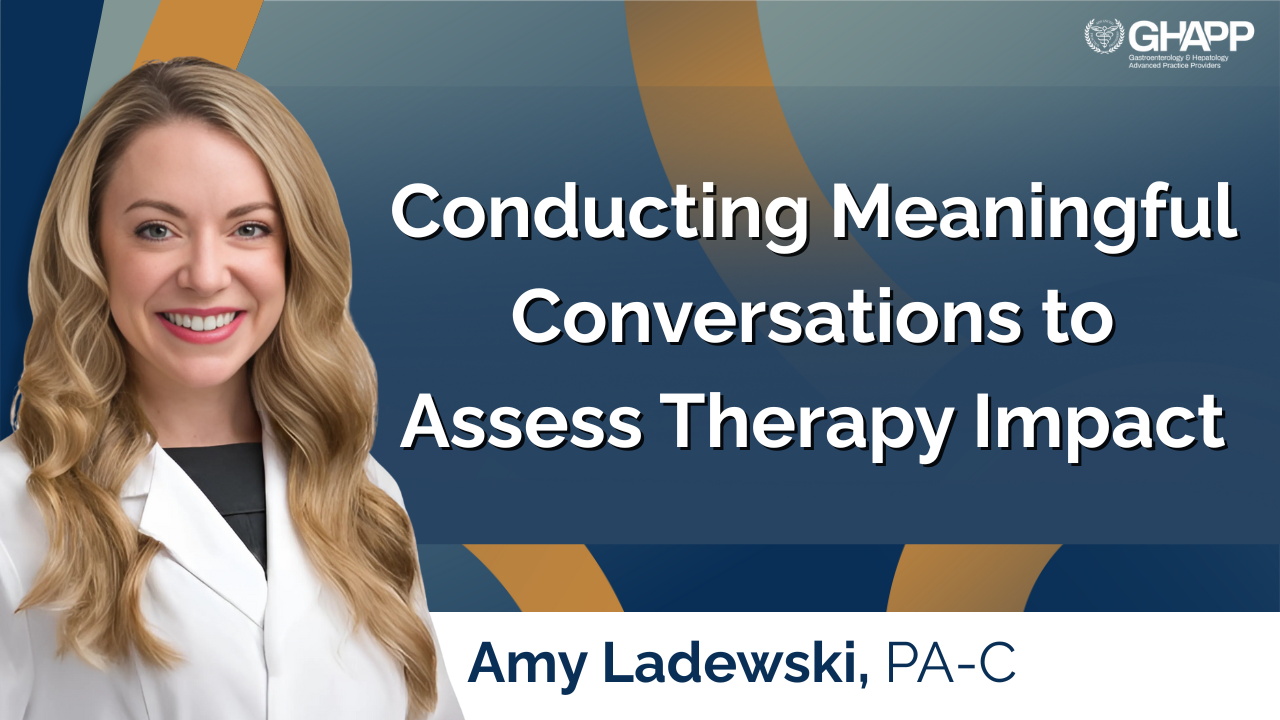FAQ: What Are the Next Steps When a Patient Still Has Active Disease When Taking Advanced Therapy?
October 2025
Thank you AbbVie for your support of this FAQ Video Module.
In this educational video, Alison Krustapentus, NP-C from Beth Israel Deaconess Medical Center in Boston discusses how to approach persistent inflammation in patients with inflammatory bowel disease (IBD). She outlines a step-by-step process for confirming true disease activity using objective measures such as C-reactive protein (CRP), fecal calprotectin, cross-sectional imaging, and endoscopy.
Alison also explains the role of therapeutic drug monitoring in optimizing anti-TNF therapy, including how to interpret trough levels and antibody testing to guide dose escalation or frequency adjustments. When drug levels are adequate but inflammation persists, she discusses switching mechanisms of action—from anti-TNF agents to IL-23 inhibitors, JAK inhibitors, or vedolizumab—to regain control of disease activity.
This video helps clinicians distinguish between primary non-response and secondary loss of response, emphasizing the importance of tracking biomarkers and imaging over time to make informed treatment decisions.
Related FAQ Video Module






 Faculty
Faculty  Podcasts
Podcasts  FAQ Video Module
FAQ Video Module  Journal Club Videos Module
Journal Club Videos Module  Medical Review Videos Module
Medical Review Videos Module  Publications
Publications  Digital Sponsors
Digital Sponsors 













